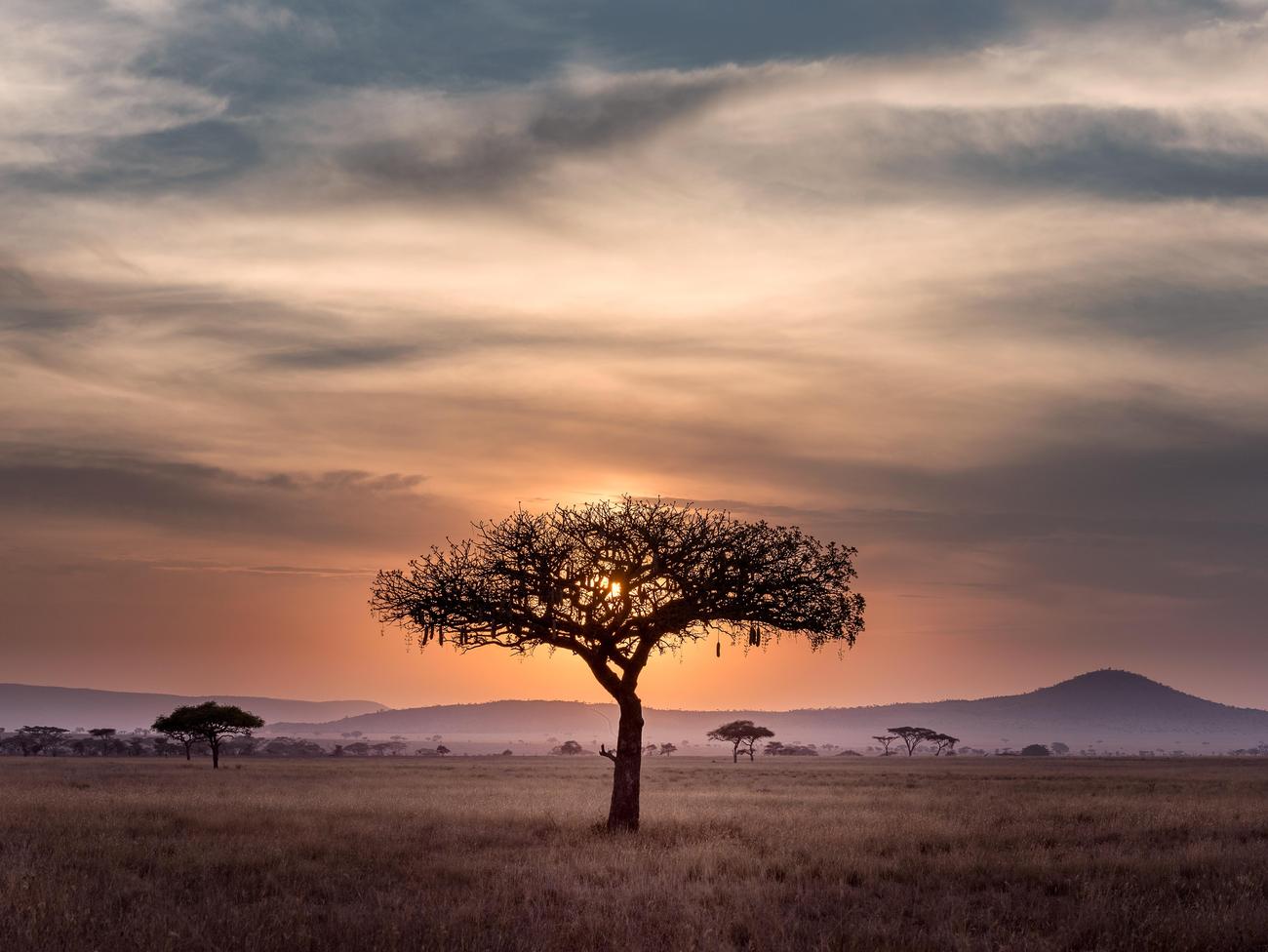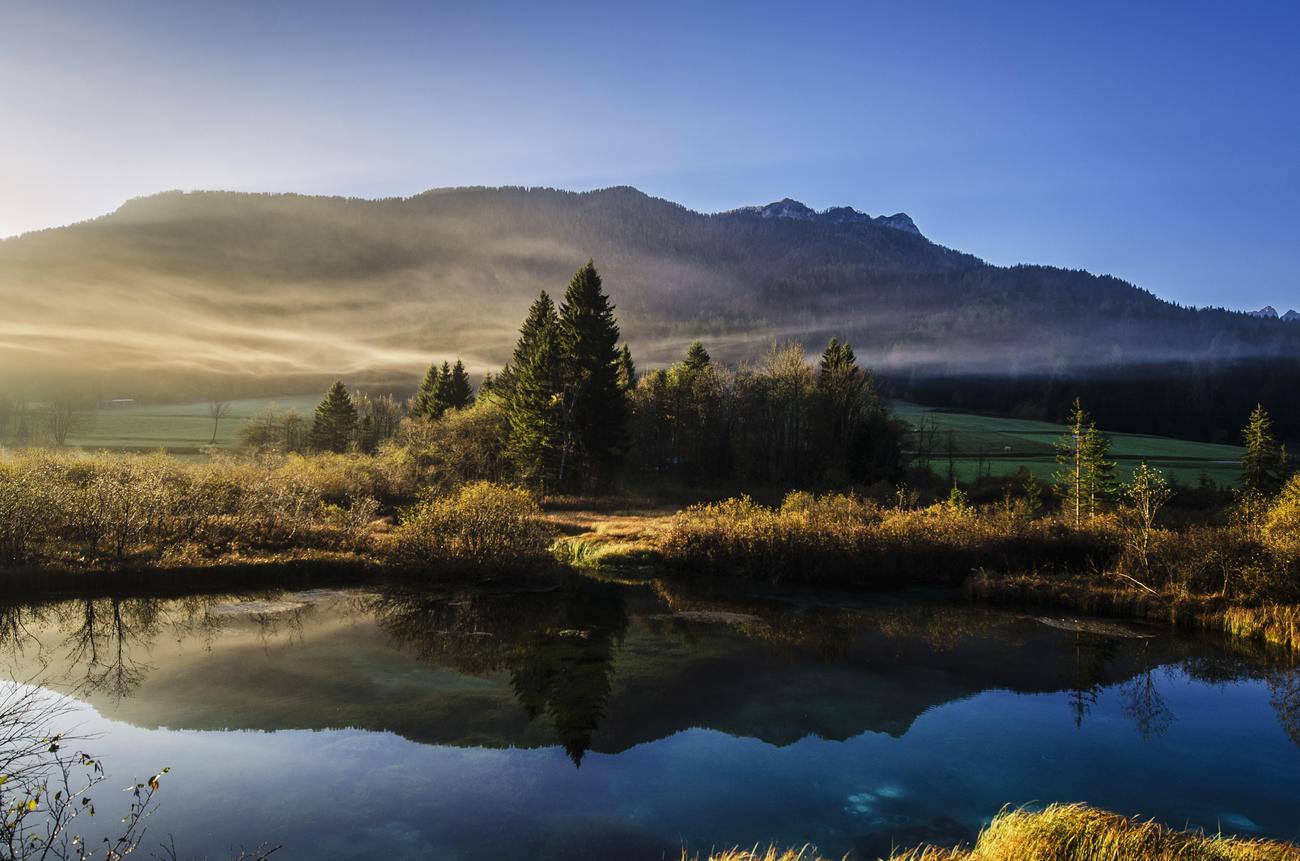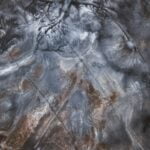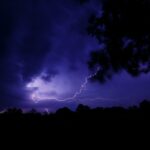Discover the captivating world of chaparral biomes, where the enchanting Mediterranean woodlands unraveled their intricate secrets. In the article titled “The Importance of Chaparral Biomes: Exploring a Mediterranean Woodland’s Delicate Balance,” we delve into the wonders and significance of these unique ecosystems. As an avid environmental researcher invested in preserving our planet’s diverse landscapes, I bring years of fieldwork experience and a profound understanding of the natural world. Prepare to embark on a journey through the chaparral biome and uncover its vital role in our global ecosystem.

What is a Chaparral Biome
The chaparral biome, characterized by long, hot, dry summers and mild, rainy winters, is a unique and diverse ecosystem found in coastal regions around the world. From the western United States to Europe, Australia, the Americas, and South Africa, these Mediterranean woodlands showcase a delicate balance between vegetation, wildlife, and climate.
Climate and Vegetation
Chaparrals are known for their distinct climate patterns. Summers are scorching, with low rainfall and high temperatures, while winters bring mild temperatures and more precipitation. This fluctuation in weather influences the vegetation that thrives in these biomes.
“From forests to grasslands and everything in between, chaparrals harbor an incredible variety of plant life.”
Dependent on location and topography, chaparral vegetation can include forests, shrublands, grasslands, and savannas. These plants have adapted to survive the hot and dry climate, often featuring hard, needle-like leaves or protective hair to minimize water loss. Another remarkable characteristic is their ability to store water or withstand droughts, making them resilient in the face of challenging conditions.
“Chaparrals are home to a fascinating array of fauna, with species that have evolved to cope with the harsh, dry environment.”
Fauna
The chaparral biome is also home to a wide range of animal species, many of which have developed unique adaptations to survive in this arid climate. Desert and grassland species, such as coyotes, jackrabbits, and kangaroo rats, are well-suited to the hot and dry conditions. These creatures have evolved to conserve water and cope with limited resources, ensuring their survival in this challenging environment.
Chaparral Biomes and Climate Change
Unfortunately, chaparral biomes are not exempt from the effects of climate change. Rising temperatures, prolonged droughts, and the increased frequency of wildfires pose significant threats to these delicate ecosystems. As the climate continues to change, chaparral biomes are becoming more vulnerable, impacting both the flora and fauna that call them home.
“Conservation efforts are crucial for the preservation of chaparral biomes and the protection of their unique biodiversity.”
Conservation and Importance
Given the immense value of chaparral biomes, it is essential to prioritize their conservation. These ecosystems play a vital role in maintaining ecological balance and providing habitat for numerous plant and animal species. By protecting chaparral biomes, we can help preserve the delicate balance between nature and climate, ensuring the longevity of these vital Mediterranean woodlands.
“Understanding the intricacies and importance of chaparral biomes allows us to appreciate their significance and advocate for their conservation.”
In conclusion, the chaparral biome represents a fascinating and important aspect of our global ecosystem. Its unique climate, diverse vegetation, and specialized wildlife make it a remarkable area to study and preserve. As climate change continues to pose challenges, it is crucial that we prioritize conservation efforts to protect the delicate balance of chaparral biomes and ensure their survival for future generations.
The chaparral biome is a fascinating ecosystem characterized by its unique mix of plants and animals. If you’re curious to learn some fun facts about the chaparral biome, click here.

FAQ
Question 1
What is a chaparral biome?
Answer 1
A chaparral biome is a major ecosystem characterized by long, hot, dry summers and mild, rainy winters. It consists of vegetation that can include forests, shrublands, grasslands, and savannas, depending on the location and topography. Chaparrals are typically found in coastal regions and are prevalent in the western part of the United States, Europe, Australia, the Americas, and South Africa.
Question 2
How do plants and animals in chaparrals adapt to the hot and dry climate?
Answer 2
Plants and animals in chaparrals have various adaptations to survive the hot and dry climate. Plants have adaptations such as hard, needle-like leaves or hair on their leaves to reduce water loss. Many plants in chaparrals are also fire-resistant. Animals in chaparrals include desert and grassland species that have adapted to hot, dry climates.
Question 3
What are some key challenges faced by the chaparral biome?
Answer 3
The chaparral biome faces several key challenges. Climate change is impacting chaparrals, leading to more drought, higher temperatures, and increased vulnerability to wildfires. These changes in climate put stress on the delicate balance of the ecosystem and threaten the survival of various species.
Question 4
Why are conservation efforts important for protecting chaparral biomes?
Answer 4
Conservation efforts are crucial for protecting chaparral biomes and their unique flora and fauna. These biomes are important for the overall health of our global ecosystem. By preserving chaparrals, we can maintain biodiversity, preserve habitat for endangered species, and mitigate the effects of climate change.
Question 5
What are the major impacts of climate change on chaparral biomes?
Answer 5
Climate change has significant impacts on chaparral biomes. It leads to more frequent and severe droughts, higher temperatures, and increased risk of wildfires. These changes disrupt the delicate balance of the ecosystem, affecting the survival of plants, animals, and the overall biodiversity of the chaparral biome.
- Revolution Space: Disruptive Ion Propulsion Transforming Satellites - April 24, 2025
- Race Through Space: Fun Family Game for Kids - April 24, 2025
- Unlocking the Universe: reading about stars 6th grade Guide - April 24, 2025
















